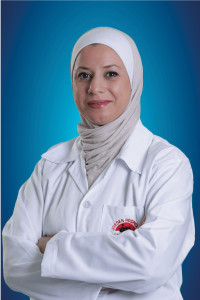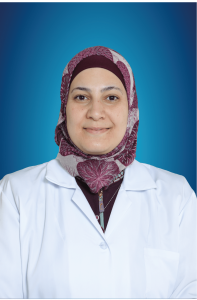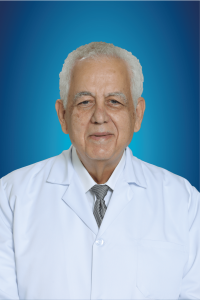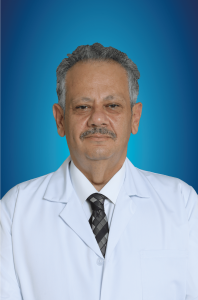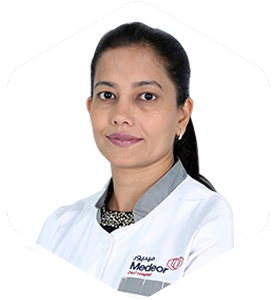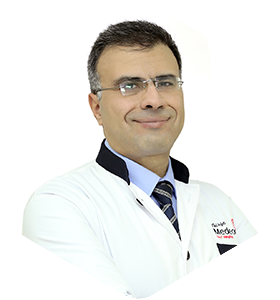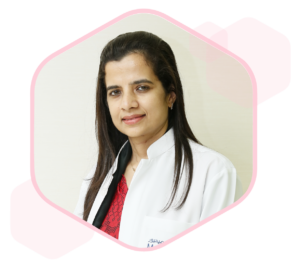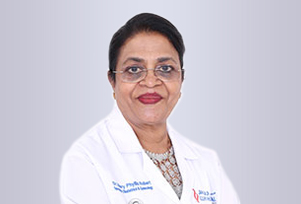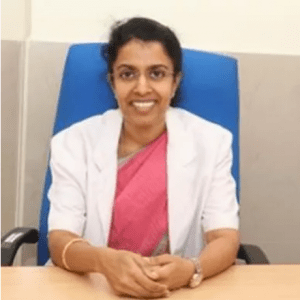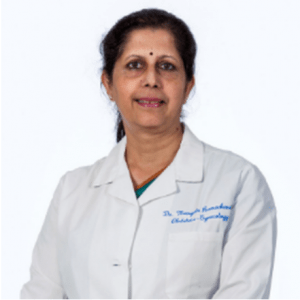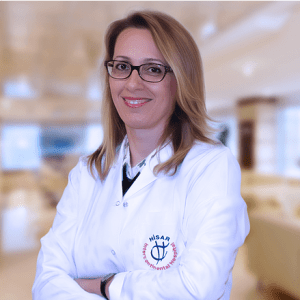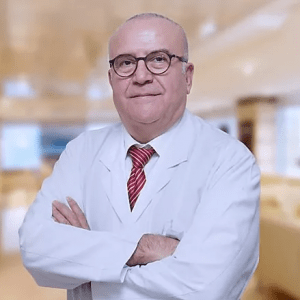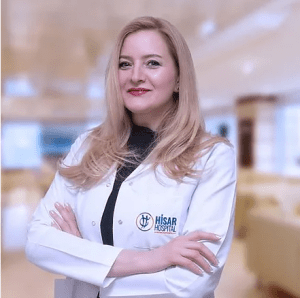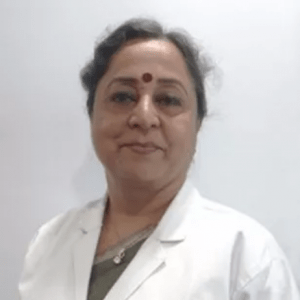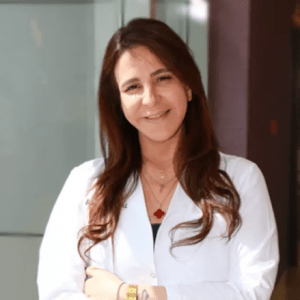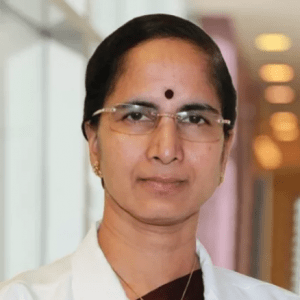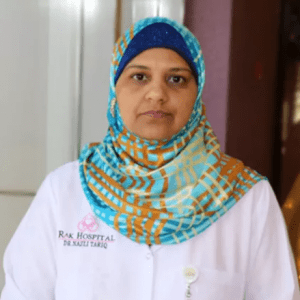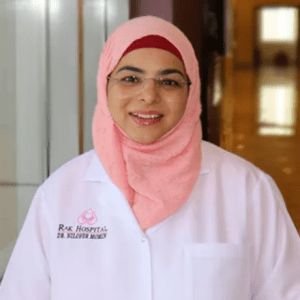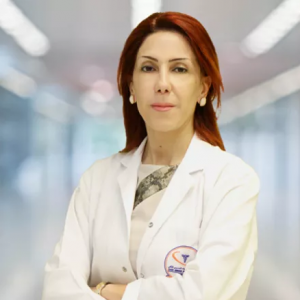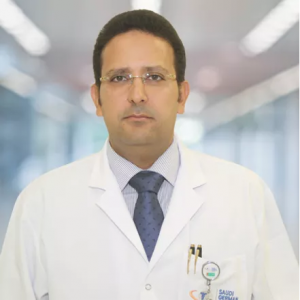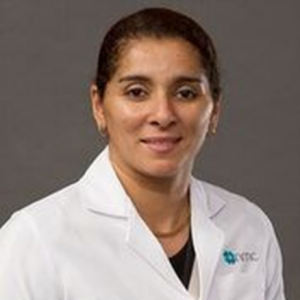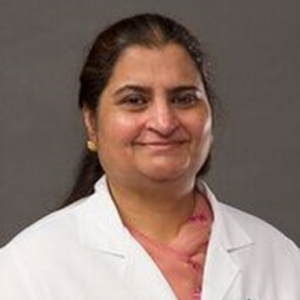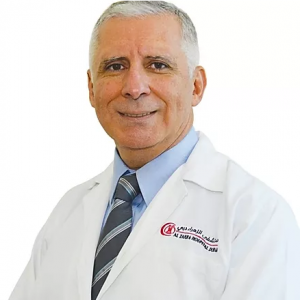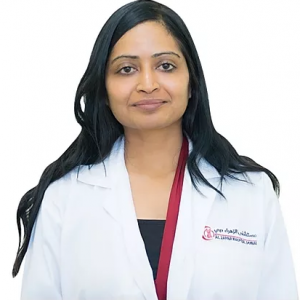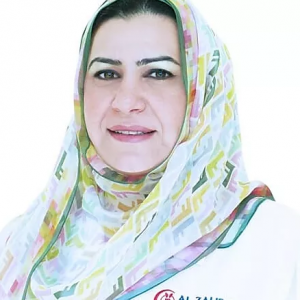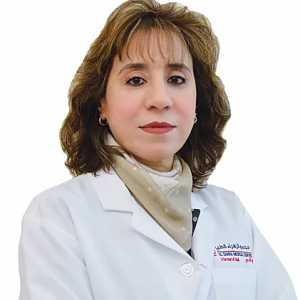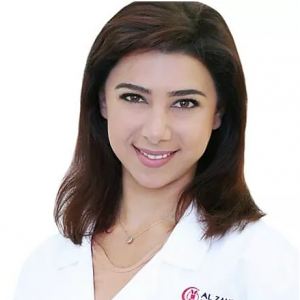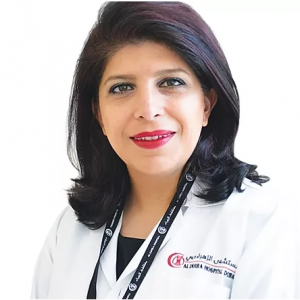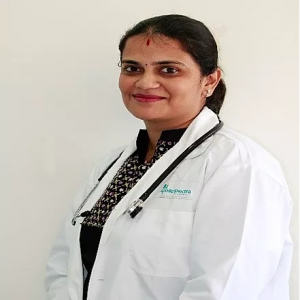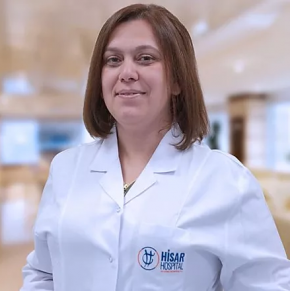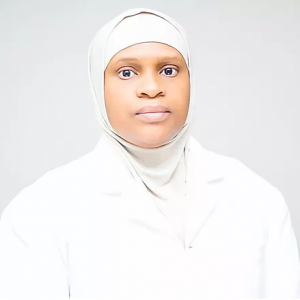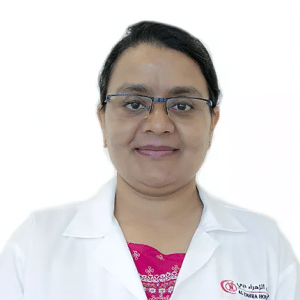Asherman Syndrome
The condition was named after Joseph Asherman, the man to give a full description of the sickness after it was first published in 1894. Medically inclined, the other names for the syndrome are: “Intrauterine Synechiae”, “Uterine Synechiae”, or ” Uterine Adhesions”. “Synechiae” refers to adhesions or scar tissues. Therefore, Asherman syndrome is a condition where […] Read More
Top Doctors For Asherman Syndrome Treatments
Top Hospitals For Asherman Syndrome Treatments
Asherman Syndrome
- Avoid the dilation and curettage (D and C) procedure.
- Use medicinal evacuation like Misoprostol after a post-birth hemorrhage, a retained placenta after birth, or an incomplete miscarriage/abortion.
- If you still need a D and C, your surgeon should have the procedure done using ultrasound, to give him a guide to where the retained tissues in the uterus are. This will help him remove the tissues without scrapping the walls so much that they become injured.
- Hysteroscopy, by inserting a small telescope–hysteroscope into the uterus to examine if there is any presence of scarring. This is the best method of diagnosis.
- Hysterosalpingogram (HSG); examining the uterine cavity and fallopian tube for any problem–scars, growth, or blockages, by injecting a special dye.
- Ultrasound examination, to assess the thickness of the uterine lining and cavity.
- X-ray.
Symptoms
Symptoms & Signs
The formation of scar tissues on the lining of the uterine wall causes the cavity to become smaller and the walls to join together. This situation can lead to signs such as:
- Severe abdominal cramps and pains.
- Menstrual disorders like;
- hypomenorrhea; light periods.
- amenorrhea; no periods.
- inconsistent and irregular flows.
- Miscarriages and stillbirth.
- Inability to get pregnant or infertility.
These symptoms are often related to other gynecological conditions and so, the condition can mostly be mistaken for something else. It is good to go for a diagnosis when you see these signs to know the next step.
Causes
Causes
The causes of Asherman syndrome often involves trauma experienced by the uterine cavity as a result of certain activities or conditions that led to the inflammation and/or scarring of the body part. Such causes include:
- Dilation and Curettage (D and C))
The uterine surgery that involves the scraping and cleaning of the uterine walls, performed after a miscarriage to clean the cavity of all remnants, after delivery to wipe out any retained placenta, or as an elective option for abortion.
This is the major cause of uterine adhesions as the scraping can lead to scarring and the more you have this surgery, the higher the risk of having the syndrome. Research states that 90% of women with the condition have it because of D and C.
- Other pelvic or uterus surgeries such as cesarean section, myomectomy–fibroid removal, removal of polyps, etc.
- Scar tissues that form from sutures are used to stop hemorrhages in uterine surgery.
- Infections of the uterine cavity.
- Endometriosis, either caused by inflammation of the mucus membrane lining of the cavity, or caused by genital tuberculosis which is a uterine infection, or any other infection.
- Schistosomiasis; an infection caused by a parasite.
- Radiation or irradiation of the pelvic region/uterine cavity especially for treatment purposes.
- The use of intrauterine devices (IUD) for birth control.
FAQ
Can I still have Asherman syndrome without ever have a D and C?
Yes, that is possible.
Other factors like a uterine infection, a cesarean section, myomectomy, and any other surgery that are sources of trauma and can cause inflammation, wounds, and scars in the uterus.
Does having a regular menstrual period mean there is no presence of intrauterine synechiae?
Not really. Asherman syndrome ranges from mild to chronic. In the earliest stage, which is mild, you may still have a regular flow. They can be shorter or lighter, as the scar tissues increase and your uterine walls/cervix close up, menses becomes irregular till there is no longer menstrual flow.
Does having Asherman syndrome mean I can never be pregnant again?
That is uncertain.
Getting pregnant depends on factors such as how severe the scar tissues are, how to skill the surgeon is in removing the adhesions, and the amount of endometrial (uterine) lining left in your uterus, etc.
Your ability to hold a fetus till birth depends on how thick your endometrial lining is. When the lining is too thin, there is a risk of pregnancy complications and subsequent miscarriage. The surgical removal of scar tissues from the lining reduces the thickness and if the surgeon is not skillful enough, he can remove a lot of the lining along with the scars. Also, when scarring is deep-rooted in the lining, removing them will take a large amount of the uterine lining with it. Seek out good doctors to carry out your scarring removal.
If diagnosed with mild Asherman syndrome, can I still get pregnant and give birth without removing the minor adhesions?
Yes, you can be pregnant when you still have a mild case of uterine adhesions, but should you?
The survival of the fetus depends on how mild the scarring is, but getting pregnant without first removing the scarring can be risky because scar tissues tend to progress and get bigger.
As the scar tissues increase and the walls begin to compress, there will be complications such as bleeding during pregnancy, a miscarriage, stillbirth, among others. Therefore, it is advisable to go on birth control and avoid pregnancy till the scar tissues are removed.
If I do not plan on having any more children, do I need to have uterine adhesions removed?
This depends on if you have symptoms or not and if your symptoms are affecting you badly. You may choose not to go on a uterine adhesion reparative surgery if there are no symptoms that trouble you like irregular periods and abdominal pains.
Is there a risk of leaving Asherman syndrome untreated?
If you do not want to get pregnant and have no symptoms that negatively affect you, you can decide to go on without surgery to remove the scar tissues. However, corrective surgery is still advisable even when there is no intent of childbearing because there is a risk of you developing endometriosis.

